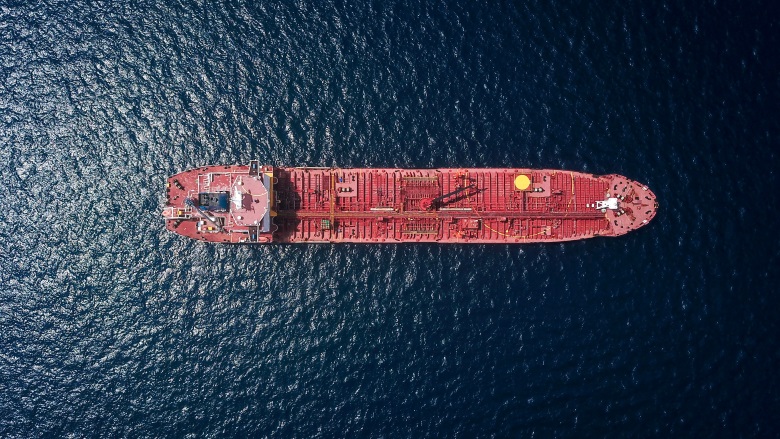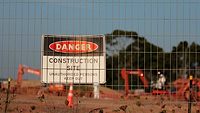A fishing vessel has been cited for unsafe working and living conditions. An OSHA investigation was opened in July 2022 but was delayed until the vessel arrived in a Seattle port in October. Inspectors found murky, brown water in the ship's drinking water system; crew members being served expired food; water used to process fish leaking into dry food storage and the galley's dining area and other unsanitary conditions throughout the vessel.
In addition, OSHA discovered employees exposed to dangerous electrical hazards throughout the vessel, including damaged and improperly installed electrical equipment, broken outlets and outlets near water, ungrounded extension cords and exposed wiring. Inspectors also found the vessel had no fire suppression system as required, which exposed the crew to fire hazards.
OSHA cited the ship's operator and owner for two repeat serious, 17 serious violations and one other than serious violation. The agency proposed $208,983 in penalties.
The latest findings extend a history of unsafe operations that have exposed employees to the risk of serious harm or death. In 2012, 2014 and 2018, OSHA inspections identified similar sanitation, electrical and fire hazard and other dangers related to a lack of lockout/tagout, machine-guarding and fall protections and a 2018 ammonia leak.
In addition to OSHA's actions, the USCG invalidated the vessel's certificate of compliance, halting the employer's continued operations until repairs are made. In 2017, the U.S. Department of Justice found intentionally discharged oily bilge water and 1,000 gallons of raw sewage into the ocean within three miles of the Alaskan coast in 2013, and later presented false records to the USCG. A federal court in Alaska sentenced the company and its owner to five years of probation and $50,000 in fines.



